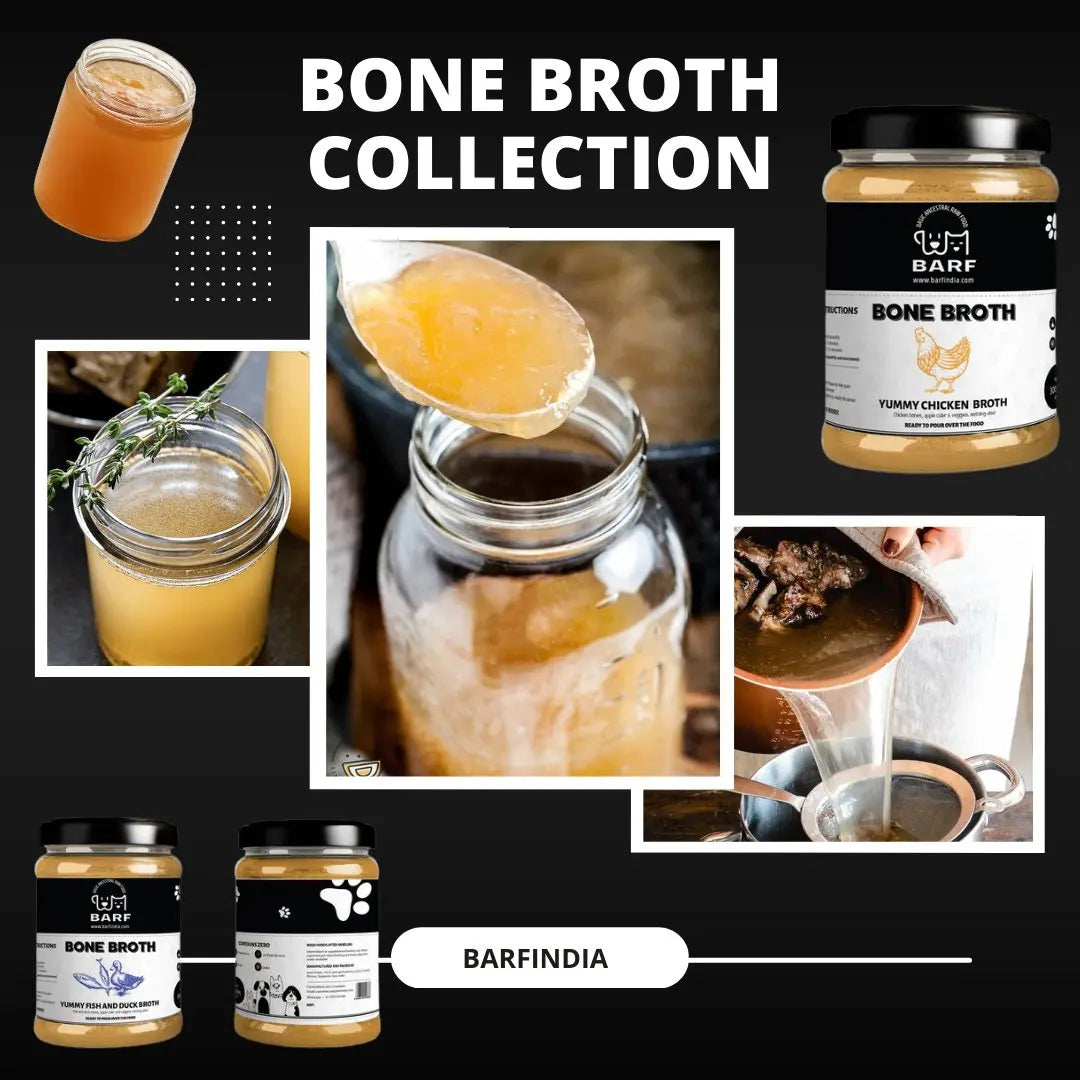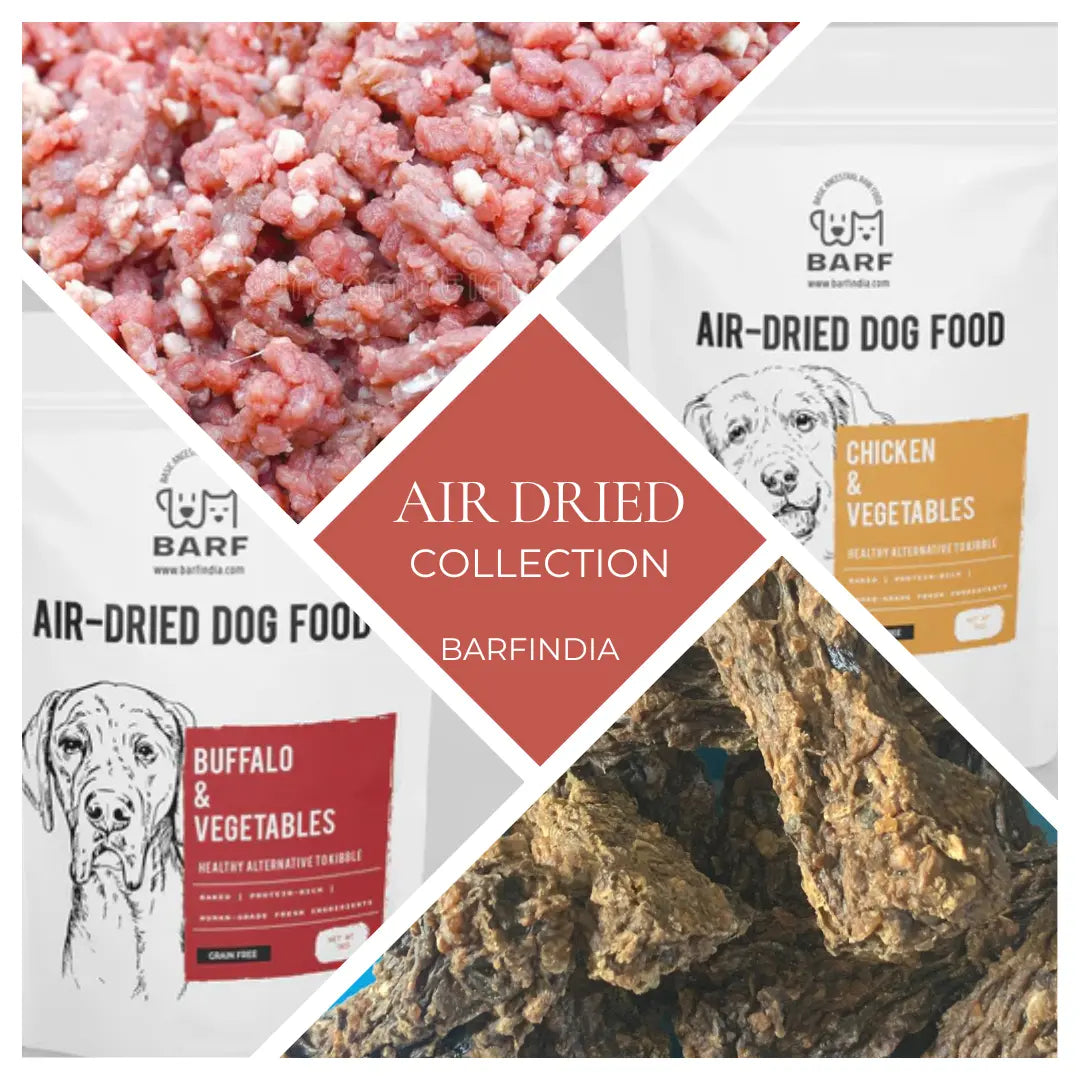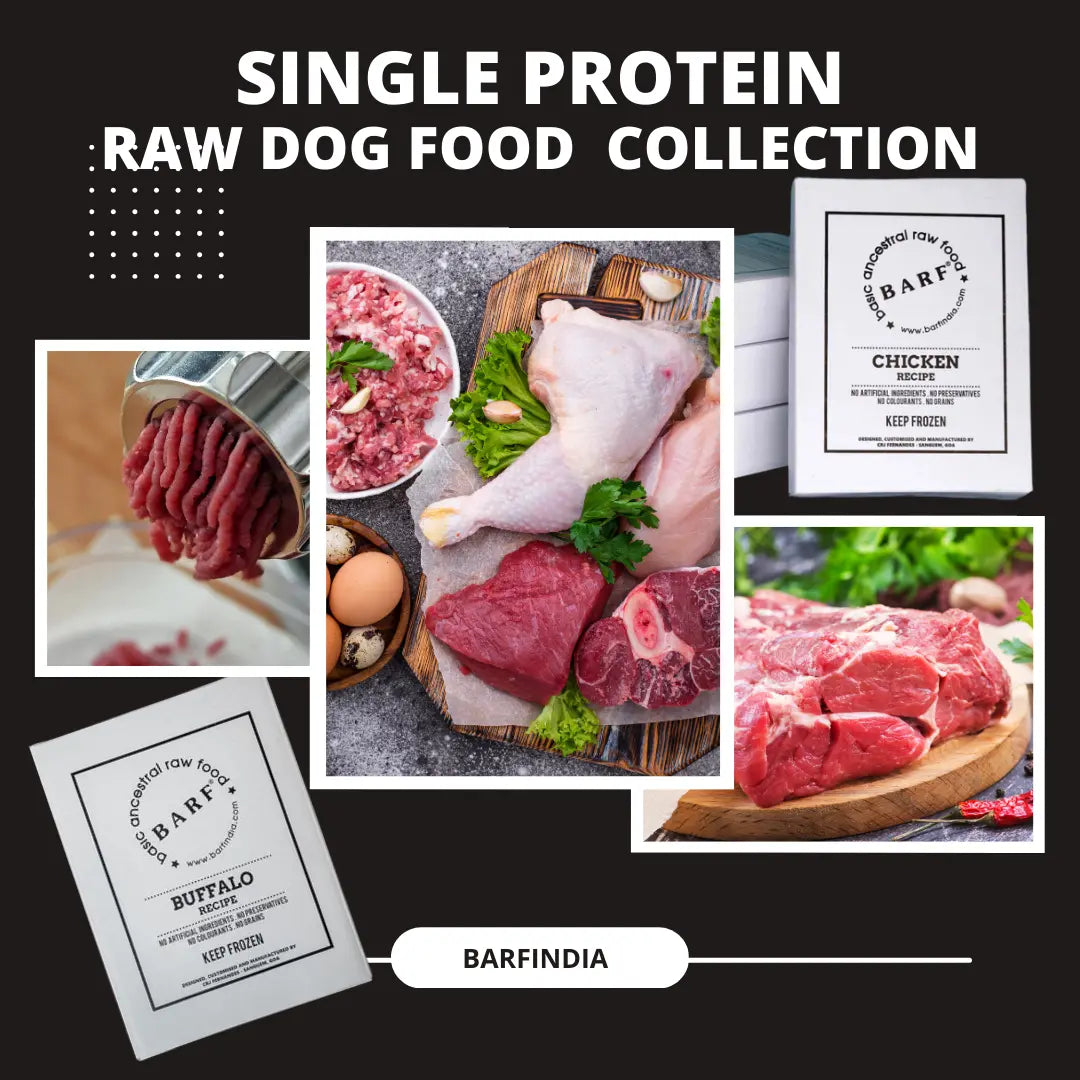
Raw and Kibble together?
B.A.R.F. India AdministratorCan you mix raw and kibble together?
Raw and kibble—this combination often sparks debate among pet parents. While some believe these two shouldn't mix, the reality is more nuanced. There’s one thing that unites all pet lovers: the desire to give their furry companions the very best. From toys and car rides to long play sessions, everything we do is to help them thrive. One of the most impactful ways to support their well-being is through proper nutrition.
Feeding your pet a complete and balanced meal helps them stay in peak health—and a healthy pet is a happy pet. But what truly makes up the best diet? Opinions vary, but many modern pet parents find a balance by combining raw and kibble. While a fully raw diet may be ideal, sourcing fresh meats, vegetables, and supplements for every meal can be costly or inconvenient. If you're struggling to serve raw all the time, don't stress—it’s okay to include some processed food in your pet’s diet, as long as it’s in moderation and high quality.
Ultimately, it’s about doing the best you can with what you have—and even a little raw can go a long way in improving your pet’s health.
Mixing raw and kibble, the right way
The whole idea of a raw diet is to feed a nutritious meal. So, if that means adding fresh vegetables and some raw meats to kibble is the best you can do now, we say, go for it. Some raw food is better than none at all. And even if you can supplement your dog’s diet with 50% raw, you’re doing a great job. There are some who believe mixing raw and kibble in one meal can cause a stomach upset. This is because the dry food takes longer to digest than raw, which can cause a tummy upset, and sometimes even vomiting and diarrhea in some dogs. However, there is no documented scientific evidence to prove that different digestion times can lead to any digestive issues. As humans, we consume a mix of raw and cooked food in one meal and have not noticed any particular side effects ourselves. Make sure you’re using good quality kibble and getting your raw meats from a reliable source. Alternatively, you can feed one meal of raw and one of kibble if mixing the two is still a concern for you. Ignore what the naysayers say, and continue the meals this way if the fully raw diet is currently not possible for you. Start by adding some fresh vegetables and raw meats to your dog's daily meals. You will begin to notice a significant improvement in your pooch’s health within a few weeks itself. Remember this, adding even a little bit of freshness to the meal is giving your dog the extra nutrients that he needs.
Have you considered BARF?
Our specially formulated raw food is a great way to supplement your dog’s meals. This is an excellent source of nutrition for your dog and also works as portion control. Just substitute 2-3 tablespoons of kibble with an equal quantity of our raw food. You can go more or less depending on how much raw you wish to include in the meal. Remove one BARF roll from the freezer to defrost the night before. You might need to remove more depending on how many dogs you have and how much raw you’re feeding. Remove the roll from the fridge about 20 minutes before feeding so that it’s not too cold for your dog. Swap a portion of the kibble for the required number of spoonfuls of the BARF meal and feed your dog. Refrigerate the leftover BARF (if any) and consume it within 1-2 days.
Conclusion
Of course, feeding a 100% raw diet is the best way to get the most
. However, mixing raw and kibble will also make an impact on your dog’s overall health. Mainly, these are benefits of adding raw food to your dog’s diet:
- Improved weight management
- Increased energy
- Thicker softer coat
- Fresher breath
- Reduced allergies
- Fewer infections
- Reduced risk of disease
- Smaller poop
- Less gas



